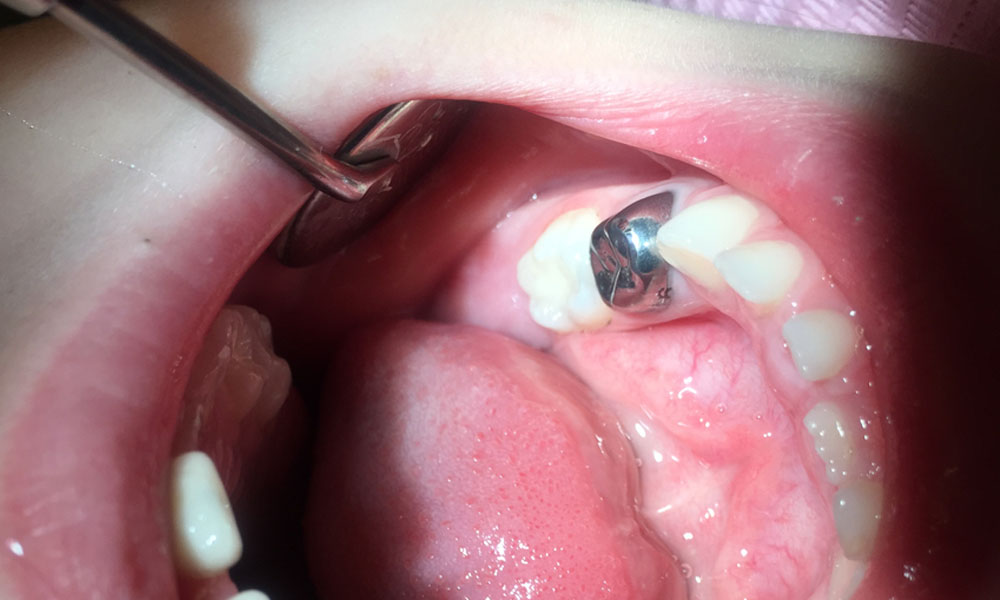Dental loss ratio model legislation receives final stamp of approval
Bill would set transparency standards for dental insurance plans
The National Council of Insurance Legislators, or NCOIL, provided a final stamp of approval for model legislation addressing a dental loss ratio. NCOIL’s Executive Committee approved on April 14 a slate of models adopted previously by various subcommittees; this included the DLR model, which sets transparency standards for dental coverage and ensures that patients with dental insurance get more value out of their dental plans.
The Medical Loss Ratios for Health Care Services Plans Model Act, which borrows elements from legislation in other states, would set transparency standards consistent with those established under the Affordable Care Act for major medical insurance plans if enacted by state legislatures. States such as Ohio, Utah, and Tennessee have said that the dental loss ratio model may help them push this issue forward in the future.
“The ADA fought diligently to achieve this important reform, and the dental insurance industry for the first time conceded that it is appropriate to set what is called a ‘loss ratio’ on dental plans,” according to an ADA press release.
A dental loss ratio requires dental insurance companies to disclose the percentage of insurance premium dollars collected that is spent directly on patient care. It also mandates insurance companies to refund part of the premium collected to insured patients if the dental loss ratio falls below a certain percentage instead of allocating the funds for company overhead.
According to ADA President Linda J. Edgar, D.D.S., the model legislation’s approval is a “huge win for dentistry” because it shows that the dental insurance industry “agrees that reporting ratios is not enough to guarantee premiums will go towards actual patient care.”
“It goes beyond reporting because it guarantees enforcement — meaning if a dental plan repeatedly reports loss ratios that are too low, it will have a loss ratio imposed on it by the state. So, one way or another, dental plans will have to provide more value to patients by paying out more for their care,” Dr. Edgar said.
The move comes after state legislators sitting on NCOIL’s Health Insurance and Long Term Care Issues Committee unanimously approved the model legislation in January 2024.
The ADA is also advocating for the establishment of dental loss ratios at the federal level. In Jan. 4 comments to the Centers for Medicare and Medicaid Services, the ADA urged that stand-alone dental plans or qualified health plans file a comprehensive dental loss ratio report annually.
For more than 10 years the ADA and state dental societies have used NCOIL model legislation for non-covered services, freedom in network leasing, virtual credit cards and prior authorizations, leading to the passage of more than 100 state laws.
According to the Association, advocating for new dental loss ratio laws around the country is part of an overall effort to reform dental insurance “so that the plans are truly geared toward providing real value to the patients they cover.”
Delegate Steve Westfall, R-W. Va., who sponsored the bill, shared support for the final language of the model legislation.
“I was proud to sponsor the DLR model at NCOIL. The language that was agreed to by the stakeholders is a great foundation for legislators around the country to work from when looking at this issue,” Mr. Westfall said.



